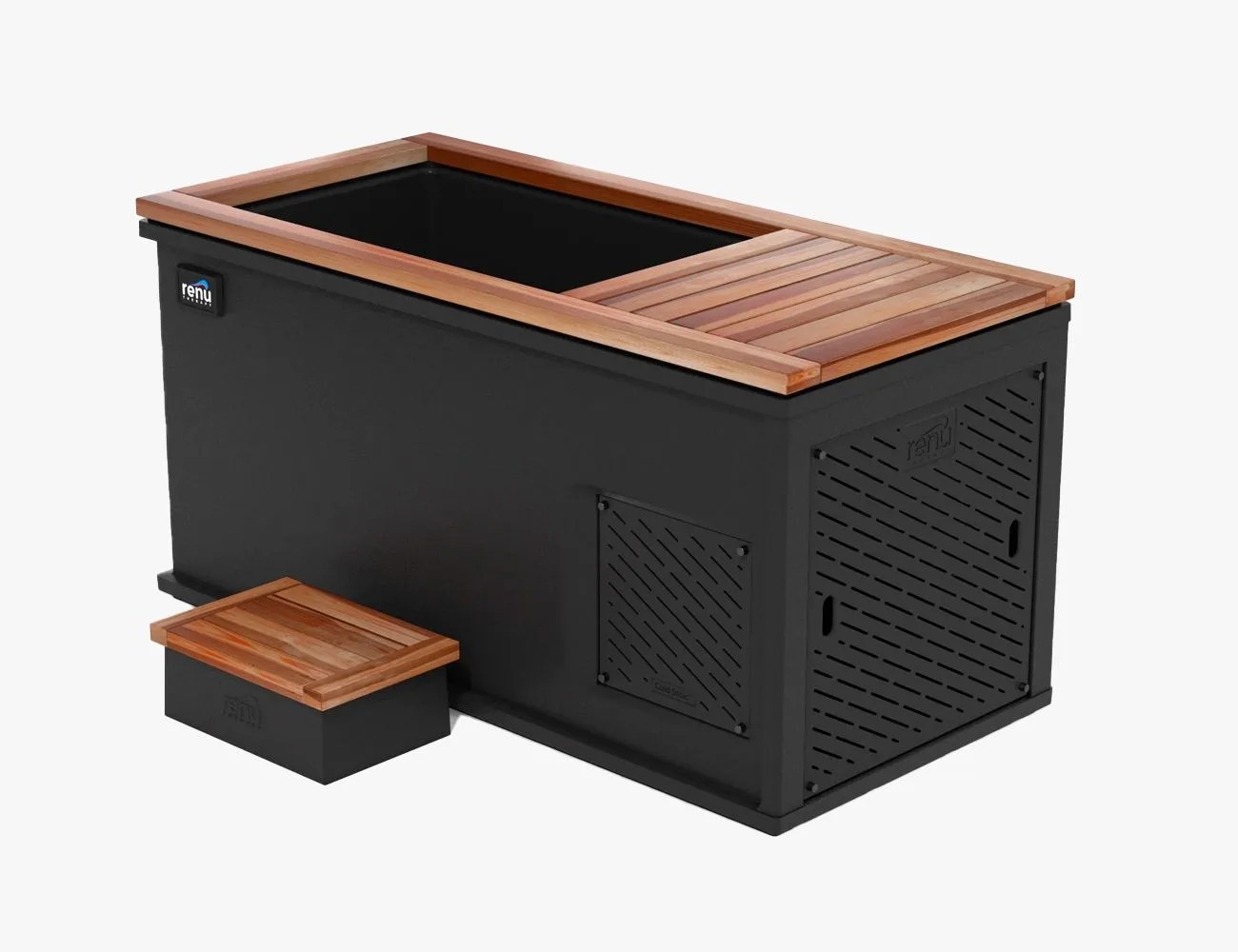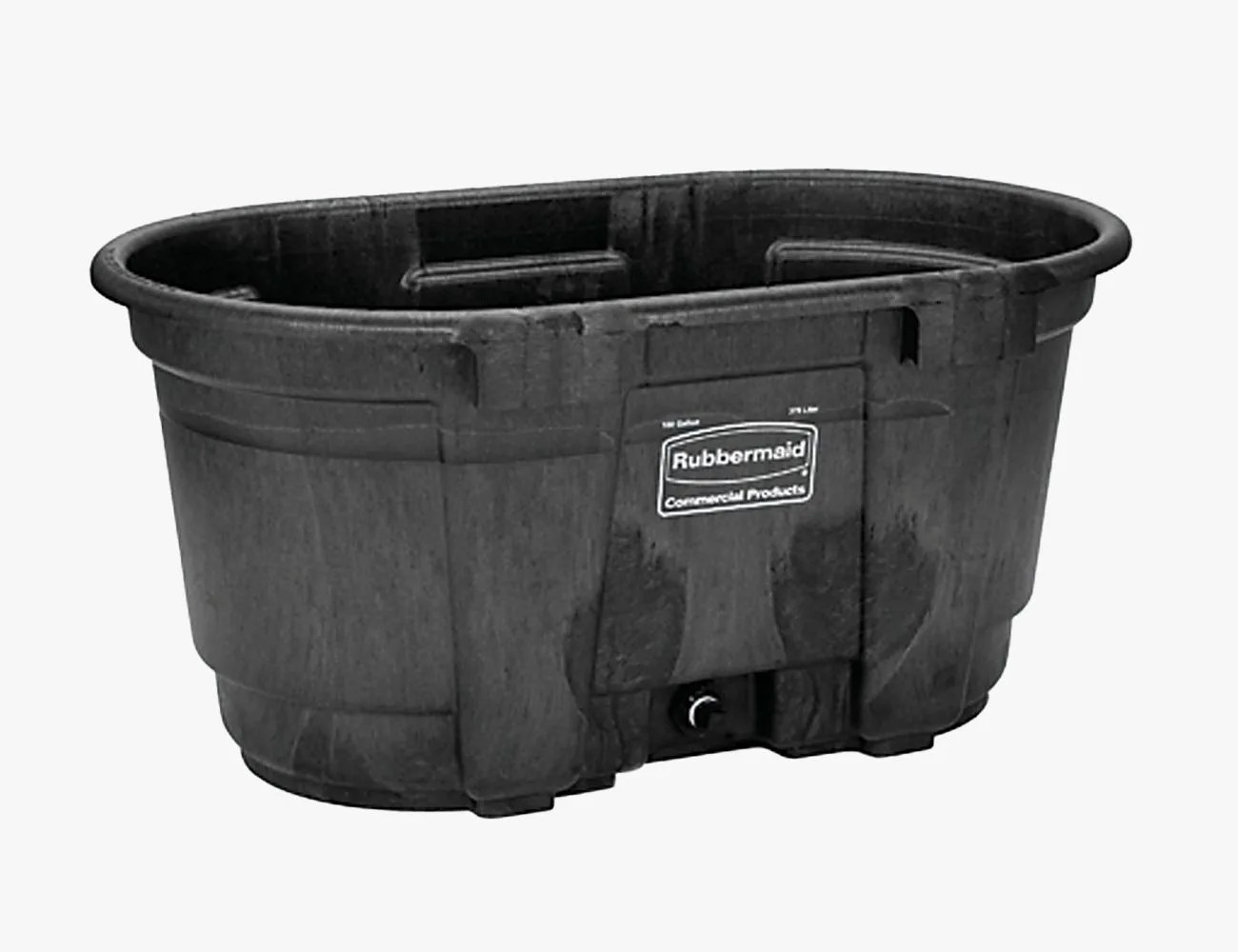Enhanced Mood and Mental Clarity
Ever experience that jolt of alertness when you hop in the shower before the water reaches that desired warm temperature? Well, what if you stayed in that chill and wrangled in that clarity further? Taking part in a cold plunge can trigger the secretion of norepinephrine, which is one of the hormones responsible for regulating attention, focus and energy. After your session is done, you could be left bright-eyed and plenty ready to tackle your day.
Cold immersion therapy can also be an excellent way to enhance your mood thanks to its influence on the Vagus nerve, which can lower your heart rate and help decrease stress hormones in your body. Studies also show that hopping a cold plunge tub can help facilitate heightened dopamine production, i.e., the mood-boosting transmitters in your brain.
Heightened Immunity and Resiliency
Your body has a great tendency to adapt to challenges and stressors you put it through, and a large tub of near-freezing water definitely qualifies as a stressor. While you may (read: will) experience discomfort through your first few plunges, over time, your body gets used to the conditions and creates a more efficient response to the temperature changes. This can lead to boosted white blood cell counts, which in turn can help you fight off infections and illnesses down the road. There have been multiple studies to support these claims — so in theory, one of the best defenses for cold season is the cold itself.
Potential Weight Loss
Now, this isn’t to say that sitting idle in a cold plunge for a few minutes can magically dissipate that unwanted belly fat, but like the cognitive responses listed above, cold immersion therapy has been shown to increase activity in brown adipose tissue leading to higher caloric expenditure. This activity can, as a result, kickstart your body to enter a fat-burning process through the release of Irisin and FGF hormones. Of course, however, these perceived perks are most effective when combined with a healthy diet and proper training regimen, because after all, there are many factors at play when it comes to a weight loss journey.
Potential Risks of Cold Immersion Therapy
Because of the stress placed across your body, cold immersion therapy does carry some risks for athletes and users. For one, exposure to the cold water over prolonged sessions can lead to some skin redness and irritation, much like you’d see when walking headfirst into a gusty winter storm. This can dissipate, though, as your body slowly returns to its normal state post-plunge.
Additionally, anytime you lower your body temperature, you need to be cautious of hypothermia. Hypothermia can occur much more quickly in the water because water pulls heat away from the body 25 times faster than air, according to the National Institute for Occupational Safety and Health. Plus, hypothermia can occur in any body of water lower than 70° F. This isn’t meant to scare off athletes from trying cold immersion therapy, but gives merit as to why sessions are routinely capped at 11 minutes. Be sure to understand the symptoms associated with hypothermia prior to treatment, and always monitor how your body reacts to the chill-filled waters.
Lastly, because of its effects on the circulatory system, those with heart, blood pressure and other circulatory issues should be cautious with the practice. If you have underlying ailments or are unsure if your body is capable of withstanding the stresses, be sure to consult your personal physician prior to your first plunge.
 Gear Patrol
Gear Patrol Gear Patrol
Gear Patrol













